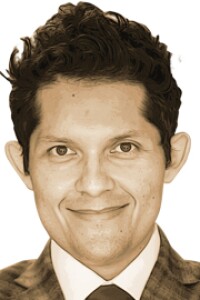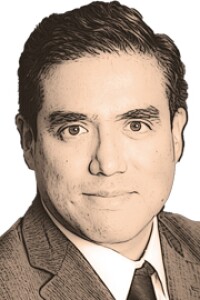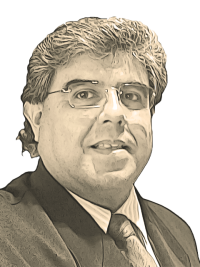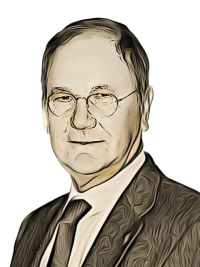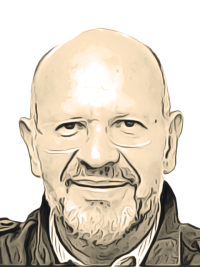Médicos mexicanos realizan exitosa operación a joven con displasia fibrosa
La usuaria de Instagram @aishamvega relata su experiencia para crear conciencia sobre la enfermedad

“Las enfermedades raras y las citas médicas son lo que está sucediendo”, así relata @aishamvega, usuaria de Instagram cómo una operación la salvó de que su calidad de vida fuera disminuyendo ante un diagnóstico de displasia fibrosa (DF).
Aunque en su relato no menciona el nosocomio donde fue atendida, fuentes consultadas por ejecentral revelaron que fue operada por médicos mexicanos en el Hospital Ángeles, siendo Faustino Gálvez uno de ellos.
La mujer señala que hace cuatro años le detectaron la DF en su cráneo durante una visita al hospital por fuertes dolores de cabeza, una afección no hereditaria pero genética que básicamente genera tumores benignos.
Displasia fibrosa, se refiere a bultos irregulares en los huesos que pueden causar dolor, deformidades óseas o fracturas.
“Los médicos dijeron que mis dolores de cabeza no estaban relacionados con la DF y que tener DF solo significaba que mi cráneo es más débil que el promedio, así que lo descarté por completo”, relata la mujer en Instagram.
El relato publicado el último día de 2019 se puede leer cómo la mujer cuenta que cuatro meses atrás fueron los mareos, el cansancio y los fuertes dolores de cabeza. “Cuando noté la asimetría de mi cara (mis ojos y mi nariz), consulté a un cirujano plástico para que me hicieran una cirugía de nariz”.
Recuerda que tomografías mostraron que un tumor estaba presionando su tabique, ojo derecho y cerebro.
“Los cirujanos (2 plásticos y 1 neuro) sugirieron hacer una craneotomía para eliminar el fibroso, limpiar el área nasal y permitir que la órbita vuelva a su lugar”, señala.
@aishamvega asegura que la decisión de operarse no fue fácil por los peligros que el mismo procedimiento tenía, sin embargo aceptó.
“Estoy contando una historia mucho más simple sobre lo que sucedió, ¡pero solo quería concientizar la FD y la importancia de presionar a sus médicos si tiene síntomas constantes que no se explican!”, sostiene.
Ahora la mujer está en plena recuperación, con un pronóstico favorable y a la espera de confirmar su última operación. RB

